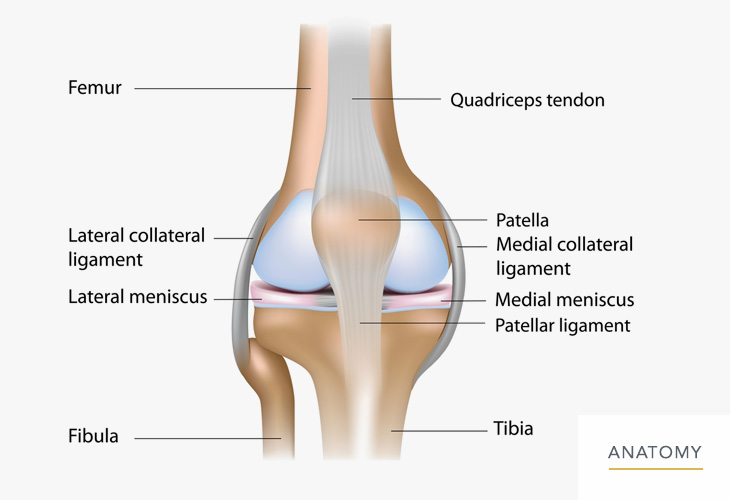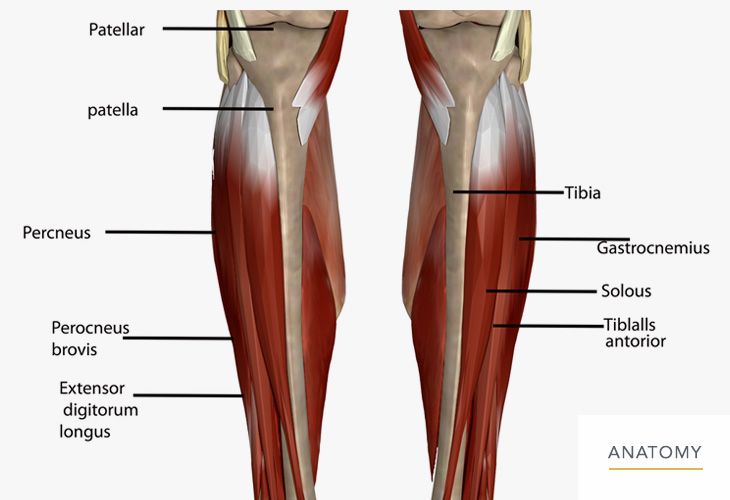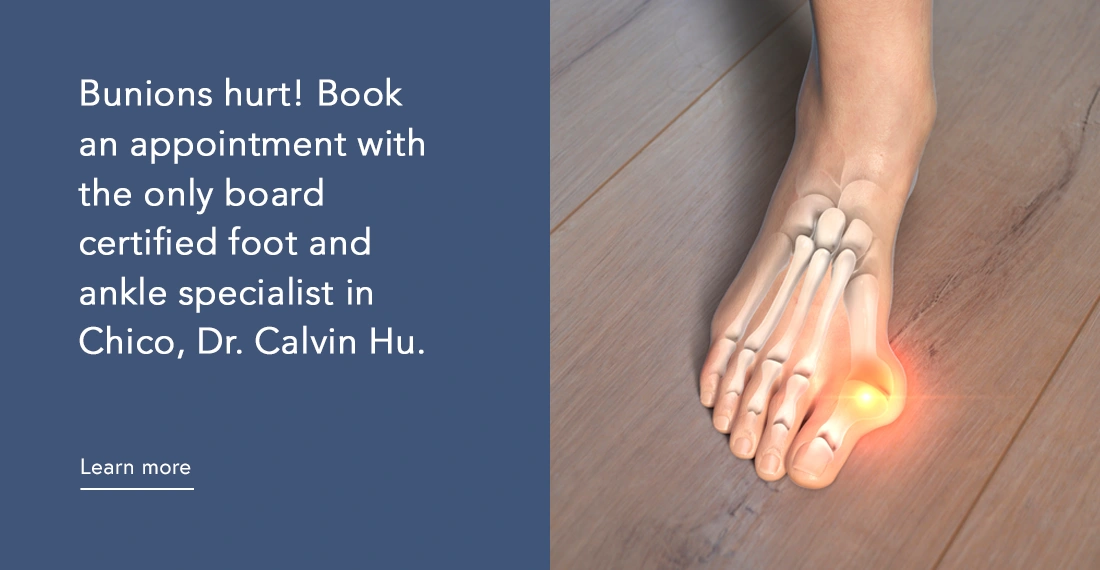Knee / Calf
The knee is one of the largest and most complex joints in the body. The knee joins the thigh bone (femur) to the shin bone (tibia). The smaller bone that runs alongside the tibia (fibula) and the kneecap (patella) are the other bones that make the knee joint. Tendons connect the knee bones to the leg muscles that move the knee joint. Ligaments join the knee bones and provide stability to the knee:
- The anterior cruciate ligament prevents the femur from sliding backward on the tibia (or the tibia sliding forward on the femur).
- The posterior cruciate ligament prevents the femur from sliding forward on the tibia (or the tibia from sliding backward on the femur).
- The medial and lateral collateral ligaments prevent the femur from sliding side to side.
Two C-shaped pieces of cartilage called the medial and lateral menisci act as shock absorbers between the femur and tibia. Numerous bursae, or fluid-filled sacs, help the knee move smoothly.


OANC has a team of board certified orthopedic surgeons specialized in diagnosing knee conditions. Here is a list of common knee conditions:
Broken Bones & Injuries
Diseases & Conditions
Our team of orthopedic knee specialists treat all types of injuries that affect the knee. Here is a list of common treatment options:
Non-Surgical Treatments
- Antibiotics
- Anti-Inflammatory Medications
- Cortisone Injections
- Exercises & Physical Therapy
- Knee Conditioning Program
- Knee Exercises
- Fracture (Broken Bone) Stabilization and Healing
- Radial Pulse Therapy (Shockwave)
- Stabilization/Bracing
- Viscosupplementation (Hyaluronic Acid) Injections | Video Animation






